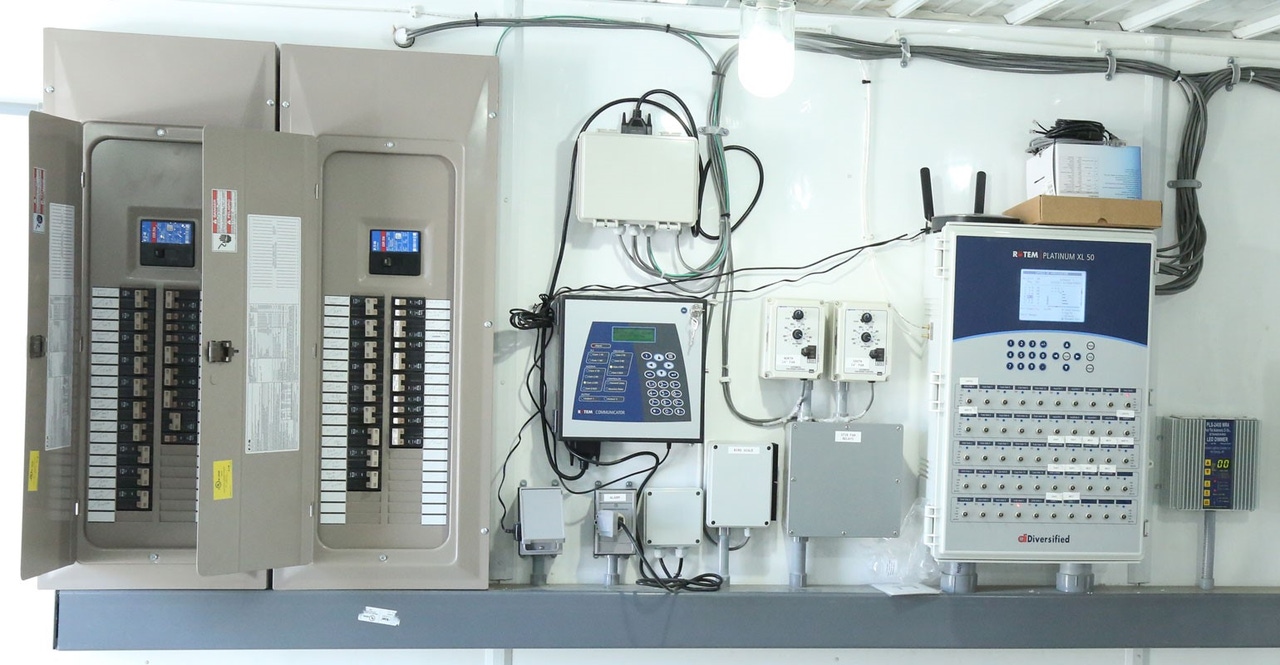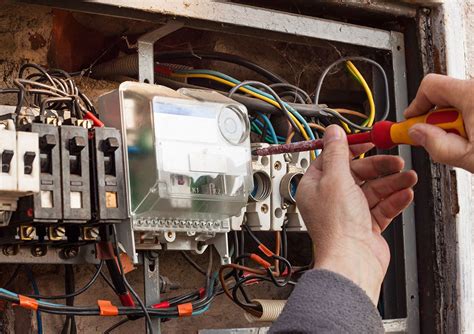Professional mechanical engineering industry support guidance for your business goals.
Professional mechanical engineering industry support guidance for your business goals.
Blog Article
Top Tips for Effective Electric System Troubleshooting
Repairing electrical systems calls for a methodical strategy, grounded in an extensive understanding of electrical principles and safety and security methods. By familiarizing oneself with circuit parts, utilizing essential tools, and sticking to a structured analysis technique, specialists can efficiently identify and resolve problems. Nonetheless, the nuances of reliable troubleshooting prolong past plain technical expertise; recognizing just how to document findings and focus on safety and security can dramatically affect results. As we check out these critical aspects additionally, it comes to be clear that understanding this process is not simply beneficial yet necessary for success in the field.
Understand the Basics
Understanding the basics of electric systems is essential for effective troubleshooting, as a solid structure permits professionals to detect and resolve issues much more effectively. An extensive grasp of electrical concepts, such as voltage, present, resistance, and power, is important in identifying the origin of troubles. Voltage is the electric prospective difference that drives existing with a circuit, while resistance opposes the flow of current, impacting the total performance of the system.
Knowledge with circuit parts, including resistors, capacitors, diodes, and switches, is likewise paramount. Each part plays a distinct duty in circuit behavior and can influence performance when malfunctioning. In addition, understanding collection and parallel circuit setups is important, as these plans affect the distribution of voltage and existing within the system.
Furthermore, expertise of safety protocols is important. Specialists have to understand prospective threats, such as shock and short circuits, to carry out secure troubleshooting methods. By understanding these fundamental concepts, service technicians boost their ability to perform effective diagnostics and repair services, inevitably leading to enhanced efficiency and integrity of electric systems. This fundamental knowledge is the cornerstone of successful fixing undertakings.
Gather Necessary Devices
Reliable troubleshooting of electrical systems needs the ideal collection of tools to identify and settle concerns accurately. A well-appointed technician can considerably enhance efficiency and effectiveness in recognizing issues. Essential devices consist of a multimeter, which determines voltage, present, and resistance, enabling for accurate evaluations of electric parts. Secure meters are also valuable for gauging existing without detaching the circuit, guaranteeing safety and security and convenience.
Additionally, insulated hand devices such as screwdrivers, pliers, and wire pole dancers are important for securely controling electrical connections. It is likewise recommended to have a circuit tester available to validate the existence of voltage in electrical outlets and cables. For more complicated systems, a thermal imaging camera can aid find overheating elements, showing potential failings.

Adhere To a Systematic Technique
Having actually gathered the appropriate tools, the next action in troubleshooting electric systems is to adhere to a methodical strategy. A methodical method makes certain that specialists can identify mistakes effectively and properly, reducing downtime and stopping click unneeded fixings.
Begin by evaluating the system's schematic diagrams and specifications. Recognizing the layout and functional parameters will offer context for diagnosing issues. Next off, separate the issue area by making use of a procedure of removal. here This involves monitoring each element methodically, beginning with the source of power and working in the direction of the tons.
Use testing equipment, such as multimeters and oscilloscopes, to gather unbiased information concerning voltage, existing, and resistance at different factors within the system. This empirical evidence will certainly direct your troubleshooting initiatives and help to verify or remove possible root causes of failure.
Additionally, consider ecological elements that may affect the system's efficiency, such as temperature level variations or dampness access. An extensive examination of wiring, links, and elements will certainly ensure that all possibilities are made up.
Document Your Searchings For
Comprehensive documents is important in the troubleshooting process of electrical systems. Accurate documents enhance the performance of recognizing repeating problems and facilitate communication among team participants. Each finding ought to be meticulously kept in mind, including signs and symptoms observed, examinations performed, and the results of those tests. electrical system troubleshooting. This practice not only aids in comprehending the root cause of the trouble but likewise acts as a recommendation for future fixing efforts.

Additionally, preserving a log of components replaced or repair work performed is very useful. This information supports stock administration and can assist analyze the durability and reliability of details components.
Ultimately, the documents visit here procedure ought to be comprehensive yet succinct, allowing easy access and evaluation - electrical system troubleshooting. By focusing on in-depth documentation, professionals can produce a beneficial expertise base that not just aids in existing troubleshooting however likewise empowers future maintenance initiatives, thereby boosting general system reliability

Prioritize Precaution
Identifying the fundamental risks associated with electrical systems is vital for making certain safety and security during troubleshooting. Electric shock, burns, and equipment damage are just a few of the prospective threats that technicians encounter. Prioritizing precaution is not only a lawful obligation but likewise an ethical necessary that safeguards both the professional and the surrounding setting.
Before commencing any type of troubleshooting task, specialists must put on ideal individual protective tools (PPE), consisting of protected gloves, shatterproof glass, and flame-resistant clothes. Ensuring that the workspace is completely dry and without clutter can dramatically minimize the threat of crashes. In addition, it is necessary to de-energize circuits before starting any type of work, validating that they are not endure the usage of a multimeter or voltage tester.
Developing clear interaction procedures with team participants is additionally vital; this ensures that everybody knows prospective risks and the status of the electric system being serviced. Lastly, having an emergency situation reaction plan in area can verify vital in the occasion of an incident. By prioritizing precaution, technicians can efficiently mitigate dangers and promote a safer work environment.
Final Thought
Efficient electrical system troubleshooting depends on an extensive understanding of essential principles and a methodical technique. By collecting important tools, sticking to systematic evaluation strategies, and carefully documenting searchings for, the troubleshooting process ends up being extra reliable and dependable. Prioritizing safety measures makes sure the wellness of people entailed and the honesty of the electrical system. Carrying out these strategies will improve the repairing experience, bring about quicker resolutions and improved operational performance in electric systems.
Report this page